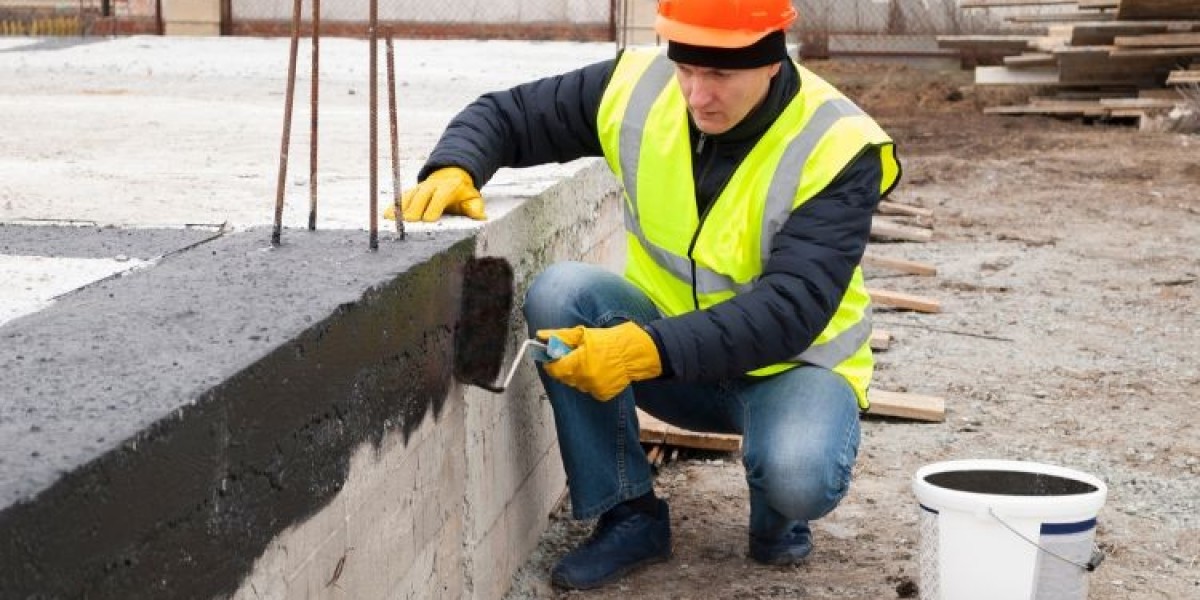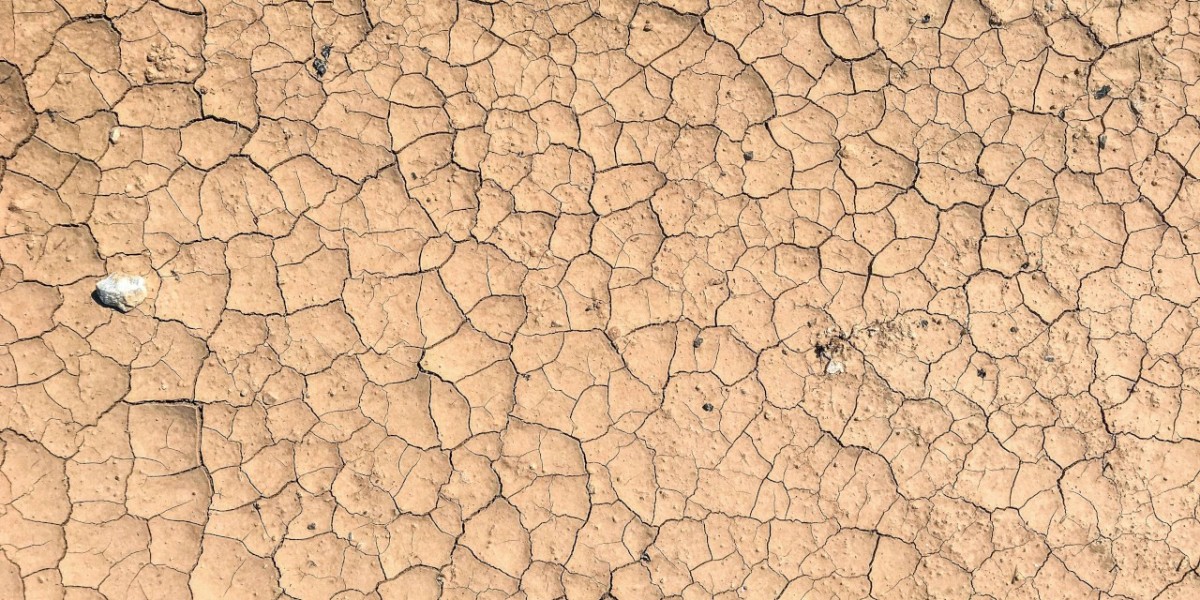The United States Waterproofing Market Size has been witnessing significant growth, driven by advancements in construction technology and increased awareness about the importance of waterproofing solutions. In 2023, the market reached a valuation of approximately USD 18.33 billion, and it is forecasted to grow at a CAGR of 4.8%, reaching USD 27.93 billion by 2032. This article explores the key factors contributing to this growth, the challenges faced by the industry, and potential opportunities that lie ahead.
Key Benefits of Waterproofing
Enhanced Structural Integrity: Waterproofing protects buildings from water intrusion, which can cause structural damage over time. This is particularly important in areas prone to heavy rainfall and flooding.
Increased Longevity of Structures: Waterproofing solutions help extend the lifespan of structures by preventing corrosion and decay.
Energy Efficiency: Waterproofed buildings often have improved insulation, which reduces energy consumption for heating and cooling.
Health Benefits: Effective waterproofing prevents mold and mildew growth, contributing to healthier indoor environments.
Key Industry Developments
Technological Advancements: Recent developments in waterproofing materials, such as the introduction of sustainable and eco-friendly products, have contributed to market growth. Green roofs, waterproof membranes, and advanced sealants are some examples of innovations that have gained traction.
Rising Investments in Infrastructure: Federal investments in the U.S. infrastructure sector have increased, including initiatives for roads, bridges, and public buildings. This boosts demand for waterproofing solutions to protect these investments.
Regulatory Changes: With an increased focus on environmental regulations, companies are adapting to manufacture waterproofing solutions that comply with sustainable practices and use eco-friendly materials. The Environmental Protection Agency (EPA) encourages the use of products that minimize harmful emissions.
Driving Factors
Construction Industry Growth: The U.S. construction industry is expanding due to urbanization, population growth, and increased government spending on infrastructure projects, boosting demand for waterproofing products.
Climate Change Awareness: The impact of climate change has led to an increased need for waterproofing to protect buildings from extreme weather events. Waterproofing is essential for resilience against hurricanes, floods, and heavy rainfall.
Increase in Renovation Projects: Homeowners and commercial building owners are increasingly investing in renovation projects to enhance property value and efficiency, driving the demand for waterproofing.
Restraining Factors
High Cost of Waterproofing Materials: Advanced waterproofing solutions can be expensive, which may discourage some smaller construction projects from adopting these materials.
Environmental Concerns: Although the industry is evolving, some waterproofing products are still associated with high levels of volatile organic compounds (VOCs) that can have environmental impacts, potentially limiting adoption among eco-conscious consumers.
Labor Shortages: The construction industry, including the waterproofing segment, is experiencing a shortage of skilled labor, which can slow down project completion times and increase costs.
Market Segmentation
The United States waterproofing market is segmented into several categories based on product type, application, and region:
By Product Type:
- Liquid Membrane
- Cementitious Waterproofing
- Bituminous Waterproofing
- Polyurethane Membrane
- Others
By Application:
- Roofing Walls
- Building Structures
- Landfills Tunnels
- Bridges
- Others
By Region:
- North-East
- Mid-West
- South
- West
Market Outlook
The U.S. waterproofing market is expected to continue its upward trajectory, with a CAGR of 4.8% through 2032. This growth is largely due to increased spending on infrastructure projects and growing awareness about the importance of maintaining the structural integrity of buildings. The adoption of sustainable waterproofing solutions and increased investment in research and development are likely to play crucial roles in the markets future.
Market Overview and Trends
Shift Towards Sustainable Solutions: There is a rising demand for eco-friendly waterproofing solutions that do not emit harmful chemicals. Products based on green technologies, such as VOC-free sealants and membranes made from recycled materials, are becoming popular.
Emergence of Smart Waterproofing Systems: The integration of Internet of Things (IoT) technology has led to the development of smart waterproofing systems that can detect leaks and measure humidity, contributing to preventive maintenance and extending the lifespan of structures.
Focus on Energy-Efficiency: Waterproofing products that improve energy efficiency, such as reflective coatings and insulating membranes, are in high demand among consumers looking to reduce energy costs.
Regional Analysis/Insights
North-East: With older infrastructure, the North-East region of the U.S. has seen significant demand for waterproofing solutions, especially for renovation projects aimed at preserving historical buildings.
Mid-West: Flood-prone areas in the Mid-West have heightened the demand for waterproofing systems to protect against water damage.
South: The South faces frequent hurricanes and storms, increasing the need for reliable waterproofing systems in both residential and commercial buildings.
West: Earthquakes and coastal exposure have driven the demand for waterproofing in the West, with a focus on commercial and residential developments in states like California.
Major Key Players
- Sika AG
- BASF SE
- MAPEI SPA
- DuPont de Nemours, Inc.
- Johns Manville
- LATICRETE International, Inc.
- W. R. Meadows, Inc.
Opportunities
Adoption of Sustainable Products: With increasing environmental awareness, companies that offer eco-friendly and low-VOC waterproofing solutions have a competitive edge.
Expansion in Commercial Sector: The rise in commercial construction projects presents a significant opportunity for waterproofing companies to expand their market share.
Residential Renovations: The demand for waterproofing in home renovation projects is growing, providing opportunities for waterproofing providers to reach homeowners directly.
Challenges
Rising Raw Material Costs: The waterproofing industry is heavily impacted by fluctuating raw material prices, which can affect profit margins.
Environmental Compliance: Stricter environmental regulations pose challenges for manufacturers, necessitating continuous adaptation to maintain compliance.
Labor Shortage: The waterproofing industry, like many construction sectors, faces a shortage of skilled labor, affecting productivity and operational efficiency.
Restraints
High Initial Costs: The cost of waterproofing materials and installation can be prohibitive for some consumers, especially in residential applications.
Limited Awareness in Rural Areas: There is a lack of awareness about the benefits of waterproofing in some rural areas, limiting market penetration.
Volatility in Raw Material Prices: The fluctuating cost of raw materials can result in unpredictable expenses for waterproofing manufacturers, affecting product pricing.
Scope of the Market
The scope of the waterproofing market extends across various construction sectors, including residential, commercial, and industrial buildings. As urbanization continues and government investments in infrastructure rise, the demand for durable and sustainable waterproofing solutions is expected to grow. Additionally, innovations in waterproofing technology and the development of green solutions create new opportunities for the industry to expand.
Target Audience
The primary target audience for the U.S. waterproofing market includes:
Construction Companies: As the main consumers of waterproofing products, construction companies benefit from advanced solutions that protect buildings from water damage.
Architects and Engineers: These professionals play a key role in specifying waterproofing materials during the design phase of construction projects.
Property Owners and Facility Managers: Both commercial and residential property owners require waterproofing services to protect their investments and enhance property value.
Government and Regulatory Bodies: Government agencies are critical in enforcing regulations that impact the waterproofing industry, encouraging the use of sustainable materials and practices.







